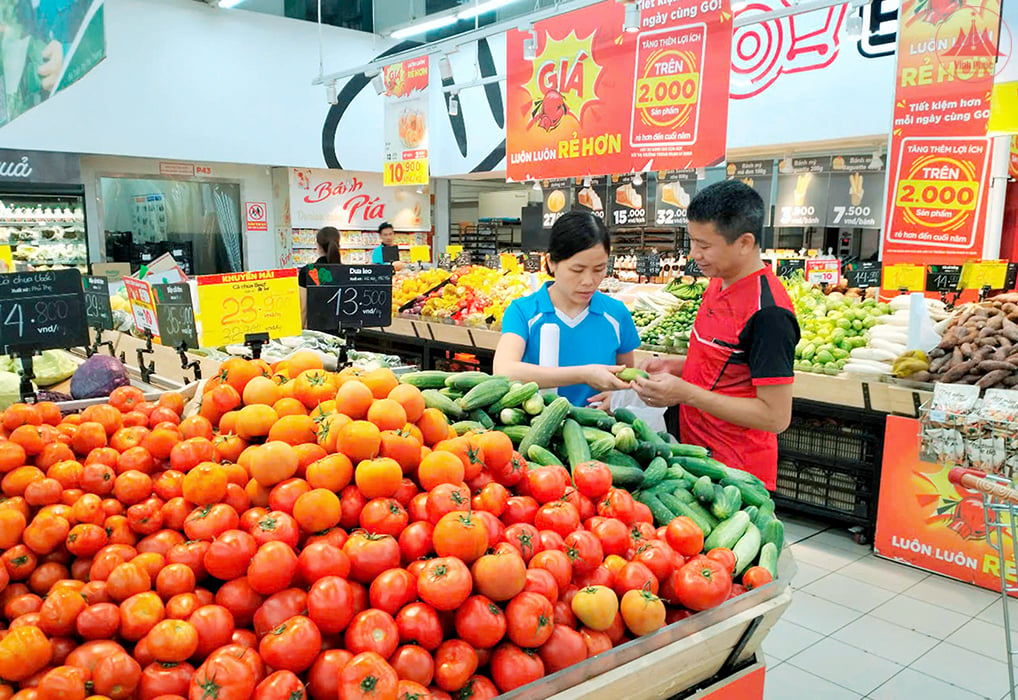Lobster farmers in Phu Yen and Khanh Hoa said that since last year, despite regular purchases, the price of lobster has hit rock bottom, causing them to continuously suffer losses.
Lobster exports to China have exploded since 2024 and continued to rise in January this year, reaching $70 million (nearly VND1,800 billion), according to VASEP. This figure is nine times higher than the same period last year, accounting for 98% of total exports. Despite the sharp increase in sales to China, purchasing prices have hit rock bottom, pushing many households into a state of continuous losses.
Mr. Thanh, a farmer in Khanh Hoa, has just sold more than 1 ton of shrimp for 700,000 VND per kilogram, the lowest price in the past three years (to make a profit, the price must reach 820,000 VND per kilogram). At this price, Mr. Thanh loses more than 100 million VND per ton of shrimp. "If the price does not improve, in the next 1-2 months, my family may lose more," he said.
In Cam Binh commune (Khanh Hoa), where there are more than 700 households raising lobsters, the situation is not much better. Mr. Nguyen An - Chairman of the commune People's Committee - said that the price of lobsters has always been low for a long time, not enough for people to make a profit.
"Food is expensive, and imported breeds from Indonesia, the Philippines, and Myanmar are also increasing, causing people to lose more and more money," he said.
Explaining this situation, Mr. Thanh Trung, a shrimp exporter to China, said that Vietnamese lobsters are facing fierce competition from many countries.
According to him, in the past, Vietnamese lobsters had their own advantages, but now the supply from Australia, Canada, and the US is increasingly abundant with more competitive prices. In particular, after China lifted the ban on Australian lobster imports, Vietnam's market share continued to shrink.
Not only that, Southeast Asian countries such as the Philippines, Indonesia, and Malaysia are also exporting spiny lobsters - a product similar to Vietnamese goods - at more attractive prices. Meanwhile, China is increasingly tightening import quality control, making Vietnamese goods even more difficult, and prices are continuously falling.
The director of an export company in Ho Chi Minh City also acknowledged that lobster exports are increasingly difficult, so the company's profits are gradually "shrinking". Not only have quality control standards changed, Chinese import partners also require appropriate shrimp sizes. Previously, they preferred large-sized shrimp, but now the price of this type has dropped sharply.
"They only buy smaller sizes to make them affordable for consumers. This is causing difficulties for farmers," he said.
Faced with the above situation, according to Mr. An, farmers should proactively change to suit market demand. For businesses, there needs to be an appropriate strategy to compete on price and quality to promote the Vietnamese lobster brand. In addition, instead of depending on the Chinese market, businesses can find ways to consume domestically and export to other countries with the support of authorities.
Mr. Doan Van Quang, Director of Song Cau Lobster General Service Cooperative, is also looking for ways to overcome the over-dependence on China. Mr. Quang said he is completing procedures to officially export green lobsters to Japan and South Korea.
He hopes that the economy will be less gloomy so that lobster consumption in the domestic and export markets will be more positive, helping farmers maintain their lobster farming profession in the long term.
Source































Comment (0)